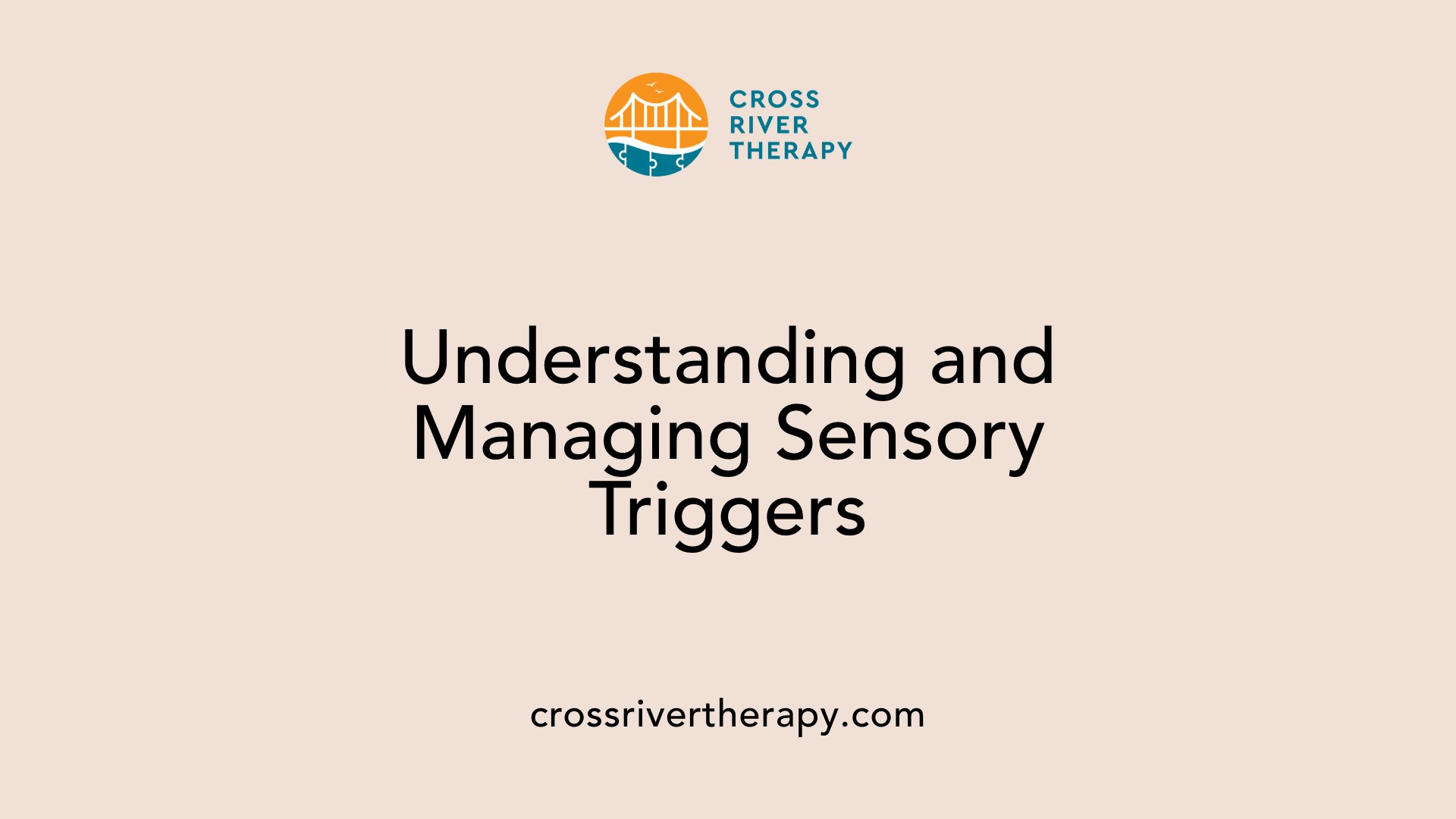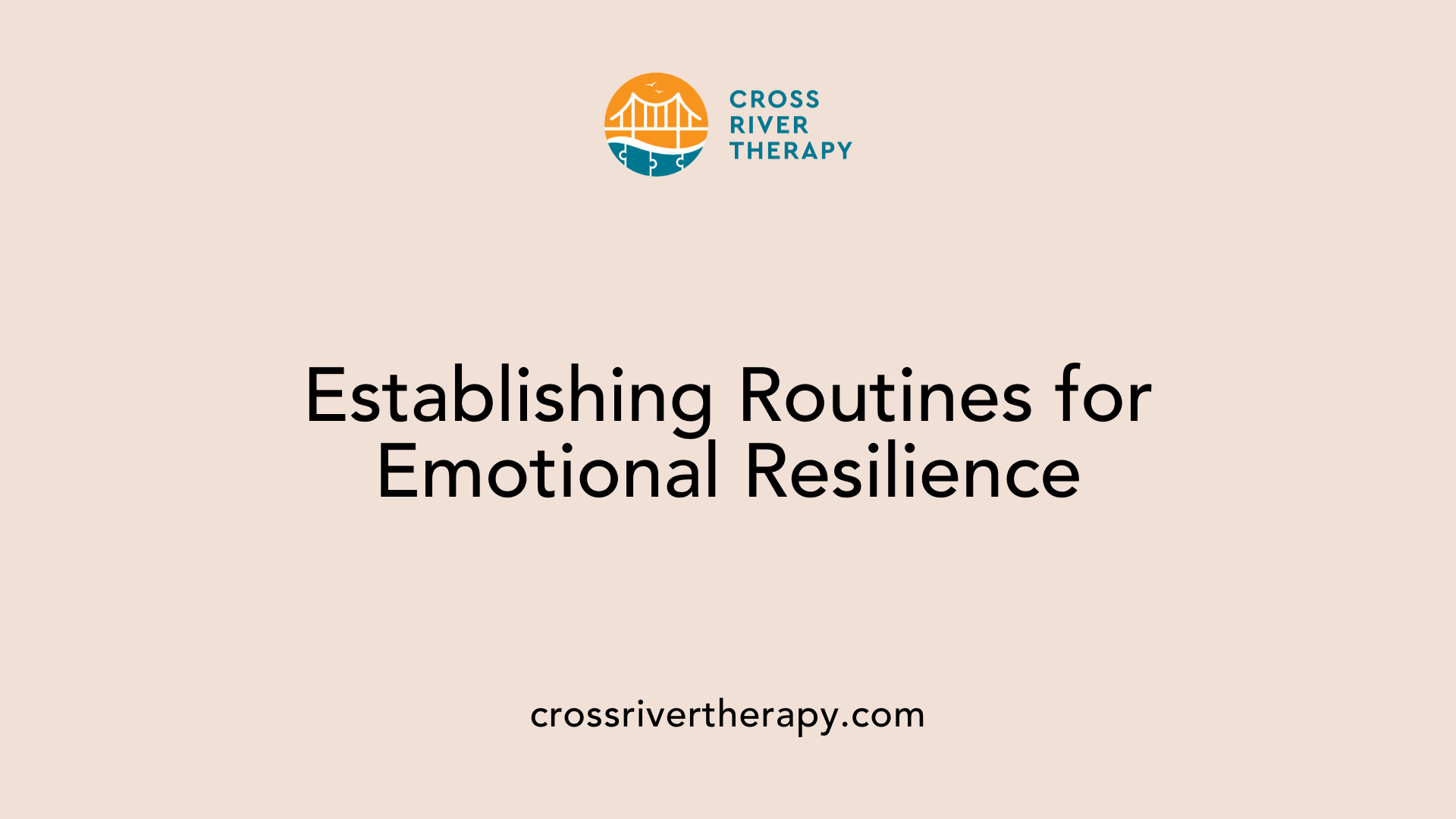How to Manage Sensory Overload During At-Home ABA Therapy Sessions
Practical Strategies for Sensory Management in At-Home ABA Therapy
Understanding the Sensory Needs of Autistic Children
Managing sensory overload in autistic children during at-home ABA therapy sessions requires a thoughtful approach tailored to their unique sensory processing needs. Sensory overload can significantly impact a child's ability to focus and engage in therapy, so it is essential for parents and caregivers to equip themselves with effective strategies to create a nurturing and supportive environment. From identifying triggers to establishing calming routines, this article provides comprehensive insights to help navigate sensory challenges and enhance the therapeutic experience for children.
Creating a Sensory-Friendly Environment

Designing sensory spaces
Creating a sensory-friendly environment at home begins with designing dedicated sensory spaces. These areas should ideally feature soft lighting and calming colors to reduce visual overstimulation. Comfortable seating can make these nooks welcoming, providing a retreat for children experiencing sensory overload.
Incorporating sensory tools
Incorporating various sensory tools is essential for enhancing comfort. Items like weighted blankets, fidget toys, and sensory bins can help children manage stress and anxiety. These tools can also support the development of fine motor skills through engaging and interactive play.
Personalizing the environment with child involvement
Children should be involved in the personalization of their sensory spaces. Allowing them to choose specific items or decorate their area can empower them and improve their sense of security and control. When children feel a sense of ownership over their space, it enhances their comfort during challenging moments.
Auditory considerations
Auditory elements are just as crucial as visual ones. Using gentle sounds or white noise can create a calming atmosphere that reduces the impact of sudden loud noises. A controlled sound environment helps minimize sensory triggers, making the space more conducive for relaxation and emotional regulation.
Tips for creating a sensory-friendly environment for therapy
Creating a sensory-friendly environment for therapy involves several strategies. Start by designing a dedicated sensory space with soft lighting, calming colors, and comfortable seating to provide a retreat for those experiencing sensory overload. Incorporating sensory tools such as weighted blankets and sensory bins can enhance comfort and support the development of fine motor skills. It's also important to consider auditory elements, using gentle sounds or white noise to create a calming atmosphere. Lastly, involve children in personalizing their sensory space, as this can empower them and improve their sense of security and control in the environment.
| Strategies | Description | Benefits |
|---|---|---|
| Design sensory spaces | Create areas with calming colors and soft lighting | Reduces visual overload and enhances comfort |
| Incorporate sensory tools | Use weighted blankets and fidget toys | Helps manage stress and supports motor development |
| Personalize with children | Involve kids in decorating their sensory areas | Increases comfort and sense of control |
| Consider auditory elements | Introduce gentle sounds or white noise | Creates a calming atmosphere and minimizes triggers |
Identifying and Reducing Sensory Triggers

Observing Children's Reactions to Stimuli
Identifying sensory triggers starts with close observation. Pay attention to how a child reacts to different stimuli in their environment. Notice if they become anxious or withdrawn in response to loud noises, bright lights, or certain textures. This attentiveness helps pinpoint the exact triggers that may cause sensory overload.
Documenting Sensory Triggers
Keeping a detailed behavior log is crucial. Document instances of discomfort or sensory overload, along with the specific triggers that seemed to contribute. This record can reveal patterns and assist in understanding what situations need to be avoided or modified to create a more comfortable environment.
Consulting Professionals for Insights
Engaging in discussions with the child about their sensory experiences can enlighten both parents and therapists. Allow them to express what feels overwhelming, fostering self-awareness. Additionally, consulting with occupational therapists helps provide tailored strategies for effectively managing sensory challenges, alongside creating sensory-friendly spaces at home.
| Strategy | Description | Benefits |
|---|---|---|
| Observing Reactions | Monitor child's behavior in various settings. | Identifies specific triggers. |
| Behavior Logging | Keep detailed records of sensory overload incidents. | Highlights patterns for better management. |
| Professional Consultation | Work with specialists for tailored strategies. | Offers expert insights and recommendations. |
Developing Calming Routines and Educating on Coping Strategies

What calming routines can be developed for children experiencing sensory overload?
To help children experiencing sensory overload, it’s essential to develop calming routines grounded in their unique sensory processing needs. This could mean integrating personalized sensory activities such as:
- Going for a walk: Nature can provide tranquility and reduce stress.
- Listening to calming music: Soothing sounds can create a relaxed atmosphere.
- Practicing yoga: Gentle movements promote body awareness and relaxation.
- Using fidget toys: These tools can help children focus and manage anxiety.
Creating a designated safe space at home or school equipped with sensory tools such as weighted blankets and noise-canceling headphones is beneficial. This area serves as a retreat where children can decompress when feeling overwhelmed. Incorporating deep breathing exercises and mindfulness techniques is also crucial to help regulate their emotions and improve focus. Regular sensory breaks throughout the day can enhance self-regulation and mitigate anxiety efficiently.
What are effective coping strategies to teach children during ABA therapy sessions?
Effective coping strategies are crucial tools that can be taught during ABA therapy sessions. Techniques include:
- Emotional regulation: Utilizing visual aids like stoplight analogies aids in identifying and managing feelings effectively.
- Role-playing calming behaviors: Practicing deep breathing and counting to five prepares children to handle stressful situations.
- Using calming tools: Items like breathing beads and calming bottles facilitate self-calming skills.
- Expressing emotions: Teaching children to label and articulate their emotions encourages effective communication and reduces frustration.
Overall, these strategies support emotional intelligence and resilience, equipping children with the necessary skills to navigate stress and enhance their overall quality of life.
Visual Supports for Enhanced Therapy Engagement

Types of Visual Supports
Visual supports play a crucial role in therapy for children with autism. Common types include:
- Picture Schedules: These help outline daily activities or therapy steps.
- Choice Boards: These provide options for activities or preferences.
- Social Stories: Narratives that explain social situations and appropriate responses.
Implementing Picture Schedules
Using picture schedules during therapy can significantly improve a child's understanding of the session's structure. Parents and therapists can create a customized schedule with images representing each task to facilitate smooth transitions. This not only reduces anxiety but also helps children anticipate what comes next, making them more comfortable and engaged.
Engagement and Communication through Visuals
Visual aids enhance communication by providing concrete references. They allow children to express thoughts and feelings non-verbally, fostering independence. Tailoring these visuals to each child’s needs ensures they are effective. Regular use of visual supports nurtures understanding, minimizes frustration, and promotes positive engagement during therapy, ultimately leading to better outcomes long-term.
Managing Sensory Challenges Specific to ABA Therapy

How can sensory challenges specific to ABA therapy interventions be addressed?
Addressing sensory challenges specific to ABA therapy requires a tailored strategy that honors each child's individual sensory profile. Start with comprehensive sensory assessments to identify specific triggers, whether a child exhibits hypersensitivity to loud noises or hyposensitivity that may lead to seeking additional sensory input.
Creating a Sensory-Friendly Environment
One effective approach involves implementing sensory integration techniques aimed at building tolerance gradually. Techniques like incorporating calming activities into the therapy sessions can help to ease sensory overload.
To further support this, parents should work with therapists to create sensory-friendly environments.
This may include:
- Reducing visual distractions like bright lights.
- Using noise-canceling headphones to manage auditory input.
- Establishing safe spaces with calming items such as weighted blankets and fidget toys.
Collaboration with ABA Therapists
Collaboration between parents and ABA therapists is crucial. It enables the development of a personalized sensory diet that includes both calming and stimulating activities aligned with the child’s needs. Parents can also teach their children coping strategies, such as deep breathing exercises and mindfulness practices, which can enhance emotional regulation during difficult moments.
Ultimately, addressing sensory overload in the context of ABA therapy not only minimizes challenges but also promotes a more enriching learning experience.
Collaborative Efforts for Continual Improvement
Managing sensory overload during at-home ABA therapy sessions necessitates a collaborative effort between parents, caregivers, and therapists. By understanding and proactively addressing the sensory needs of autistic children, we can create an environment that not only minimizes sensory triggers but also promotes comfort and growth. Continuous observation, communication, and adaptation of strategies ensure that these children can thrive, making therapy a positive and effective experience. With these insights, caregivers can foster an inclusive and supportive atmosphere conducive to each child's unique developmental journey.
References
- Top 5 Steps to Make Your Home Autism-Friendly
- Strategies to Help Your Autistic Child Cope with Sensory Overload
- Understanding Sensory Sensitivities: ABA Strategies for Parents
- 8 Coping Strategies For Sensory Overload In Children With Autism
- Sensory issues - Autism Speaks
- Managing Autism Sensory Overload: Effective Strategies
- Autism sensory strategies | The Spectrum
- How to Teach Emotional Regulation - How to ABA
- 10 ABA Calming Strategies for Kids! - Atlas Behavior Services
- Coping Skills Development in Early Intervention for Autism



